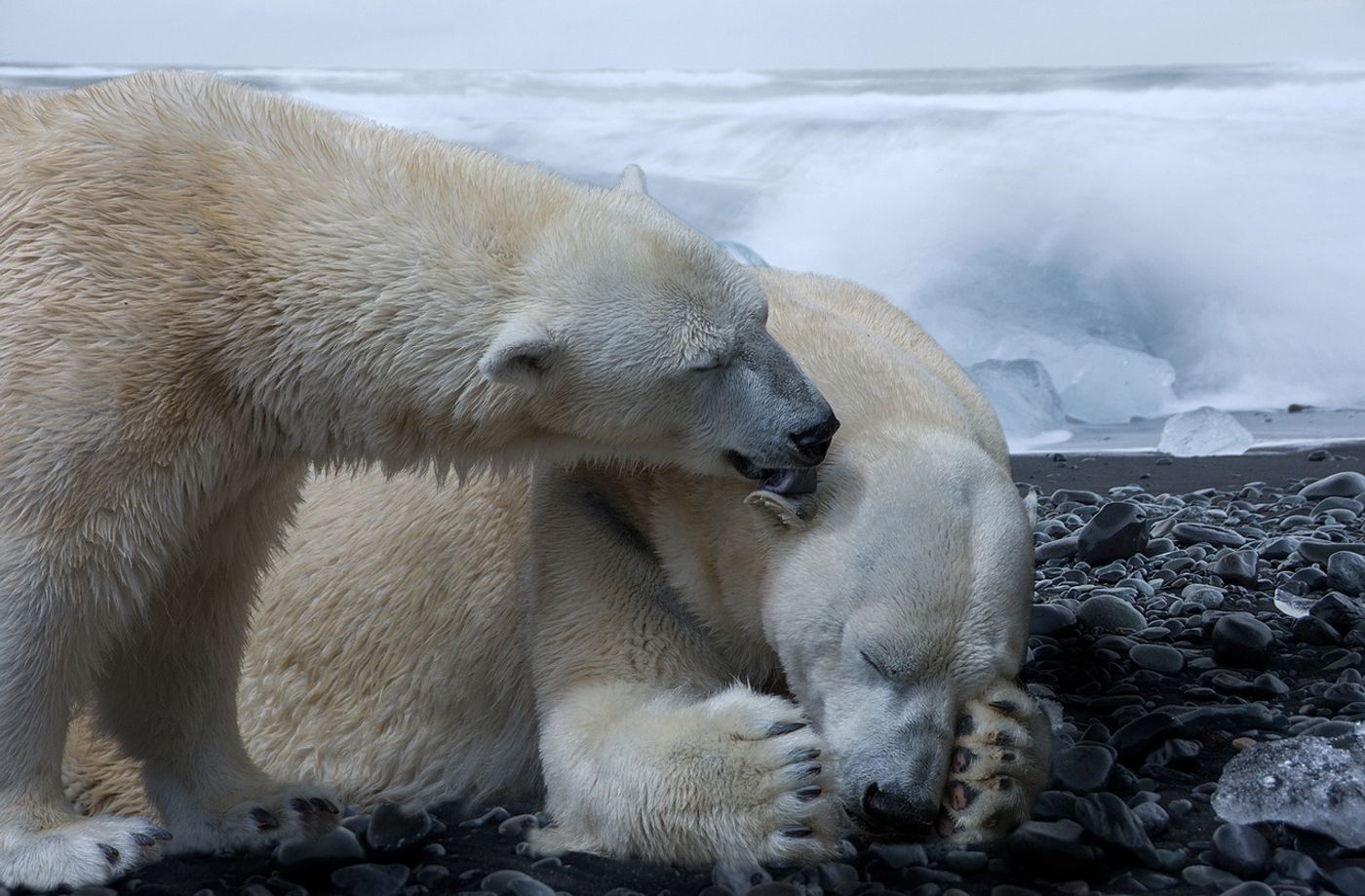Polar Bears Not Catching Enough Prey, Study Finds
Polar bears are large animals and require vast amounts of energy to survive. Sadly, they might not be catching enough prey to satisfy their immense energy needs, and researchers are alarmed about the potential side effects of these findings.
Image Credit: Pixabay
Researchers from the University of California, Santa Cruz set out to learn more about polar bear physiology by affixing high-tech collars and metabolic tracers to the animals, and they’ve published their findings in the journal Science.
Thanks to the fancy gadgets the researchers had at their disposal, they efficiently gauged the polar bears’ hunting habits, location history, and metabolic rates for 8-12 days. Afterward, the researchers returned to the polar bears once more to collect raw data from their devices.
One of the critical details that came up in the data was how polar bears require more energy than initially thought. Unfortunately, the polar bears weren’t catching the number of seals needed to meet that energy requirement. The researchers say that this could have something to do with the species’ overall decline.
"We've been documenting declines in polar bear survival rates, body condition, and population numbers over the past decade," explained study first author Anthony Pagano from the University of California, Santa Cruz.
"This study identifies the mechanisms that are driving those declines by looking at the actual energy needs of polar bears and how often they're able to catch seals."
Related: Habitat loss for Arctic polar bears isn't getting any better
As it would seem, polar bears expend up to 50% more energy than researchers initially thought. Many of the those tracked in this study lost significant amounts of weight while searching for food, suggesting that they aren’t eating enough to keep up with energy demands.
"This was at the start of the period from April through July when polar bears catch most of their prey and put on most of the body fat they need to sustain them throughout the year," Pagano continued.
Related: The true color of a polar bear's fur explained
The researchers cite climate change as a significant factor. The melting ice means that polar bears travel farther to get to prey, which consequently means using more energy during fasting season to find food.
The researchers note how these findings don’t look good for the polar bear species. On a more positive note, however, advancements in technology make it possible to understand what’s happening in the polar bears’ environment so that conservation efforts can be more effective.









